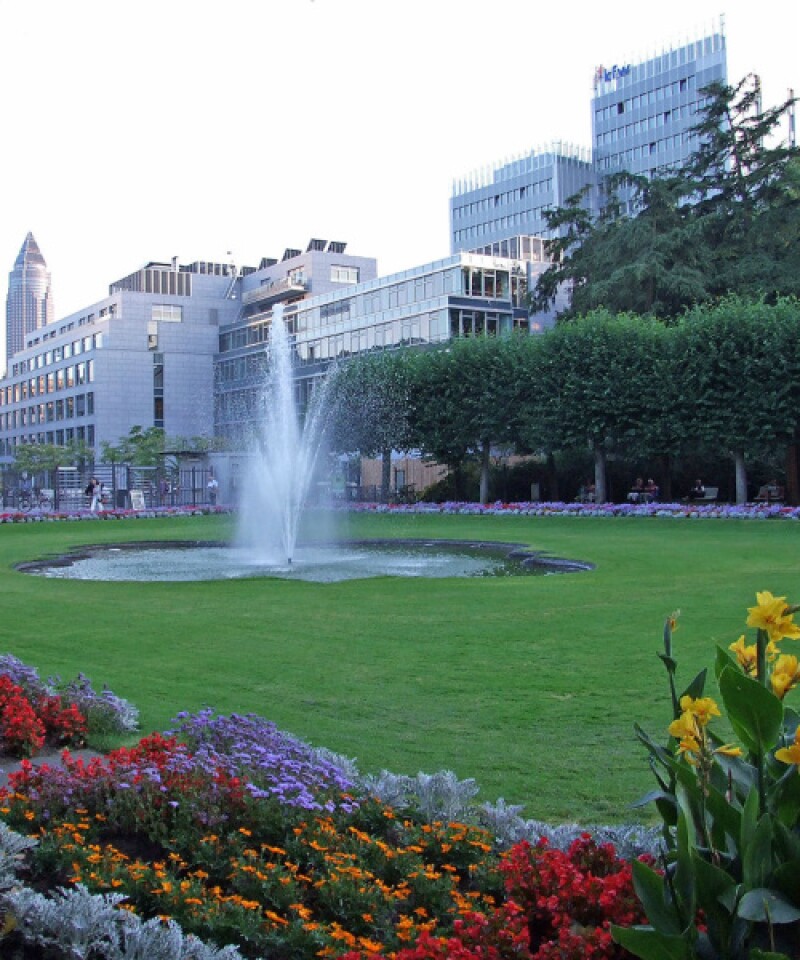In the early days of green bonds, many dismissed the very concept as ‘greenwash’, calling it window dressing. Partly that was because the issuers were the supranationals and agencies, which should only have been funding what was socially responsible.
But from the SSA incubator, something has grown, its extending roots disrupting the earth where that most unsustainable of sectors sits — banking.
It was not long before banks were issuing debt to fund green projects. As the green bond market has since wrestled with what hue is verdant enough to count as serious product, it is market forces that have driven growth and robustness, not publicity puff.
Issuers like green bonds because they are at least as cheap as senior funding. If green credentials cost a few quid to establish, then this is offset against the cost of good publicity, which in the case of banks, can hardly be bought nowadays.
Now banks have a chance to wear the badge of honour of a mandate for an agency that takes its sustainability issues seriously. There will be fees and follow-on business in the growing green bond market for KfW’s dealers as a result as issuers follow suit. It is a cold, hard incentive for a bank to up its sustainability game.
Some wags argued it gives KfW another excuse not to mandate them despite having made them scurry faster and harder while pitching.
Cynical, funny, but it misses the point. KfW has made a big step in making the whole green bond market bigger and greener from root to branch.
Next step must be for KfW to apply the criteria to all its bond mandates. With something like €60bn-€75bn of bonds to lead each year, that really would force banks into shape.

Frankfurt's Palmengarten: KfW takes a greener view

